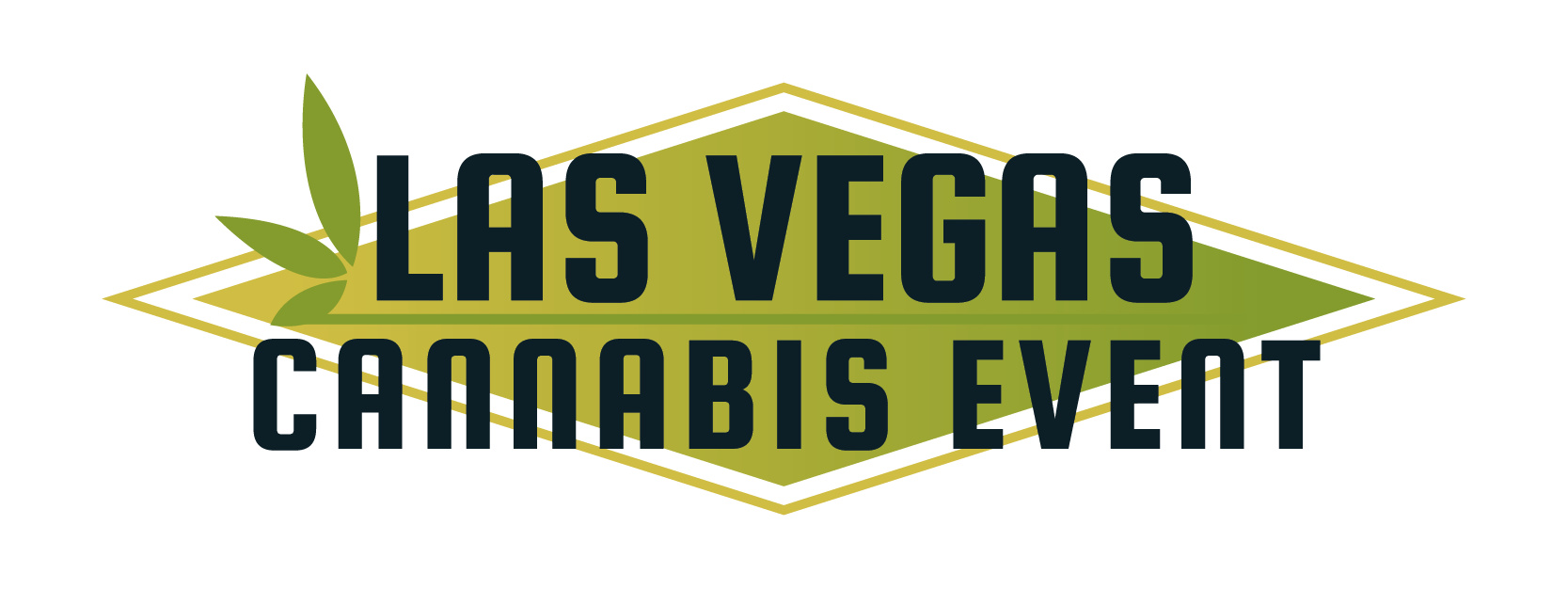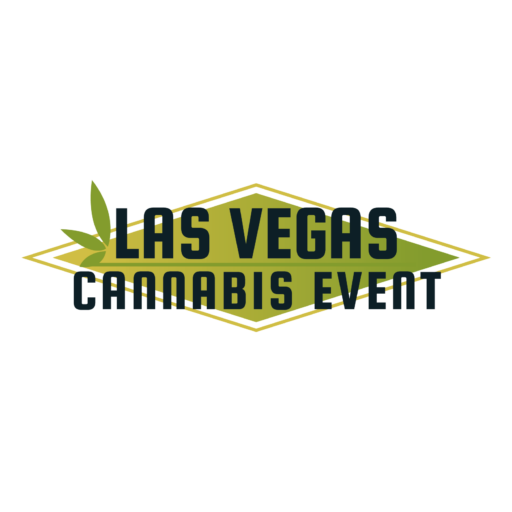Based on 2025 production estimates, these states lead in legal cannabis cultivation:
- Colorado: ~623 metric tons/year
- Oregon: ~614 MT
- California: ~577 MT
- Washington: ~317 MT
- Michigan: ~203 MT. MORE ABOUT HERE: World Population Review
These states are pillars of both medical and adult-use markets, with long-standing regulatory frameworks and developed infrastructure that supports major cannabis operators.
Key States & Leading Companies
California
- As the world’s largest cannabis market (~$5 billion adult-use projected in 2023), California is home to the famed Emerald Triangle, known for artisanal cultivation and innovative protocols. READ MORE ABOUT HERE: Cannabis Business Times
- Cresco Labs and Curaleaf operate cultivation centers in California:
- Cresco is a fully vertically integrated MSO with farms in California and across multiple states, adhering to rigorous sustainability, traceability, and quality assurance protocols.
- Curaleaf similarly runs its own cultivation operations and owns farms rather than using white‑label sourced flower.
- These companies helped define standardized Good Agricultural Practices (GAP), COA testing procedures, and compliance routines that serve as benchmarks nationally.
Colorado
- Pioneer adult-use state experienced early cultivation scaling and protocol development.
- MSOs like those in Denver and Pueblo emphasize standardized indoor grow lab environments, energy benchmarking, and traceability integration with Metrc.
- Although not typically using white-label models, Colorado cultivators often license their genetics and operational protocols to emerging operators in newer states.
Oregon
- Oregon’s legacy medical market gave rise to globally recognized methodologies around organic, sun-grown flower and environmental sustainability. MORE ABOUT EACH HERE: MJBizDaily, MJBizDaily
- Many Oregon growers are licensed for both medical and recreational sales, operating their own modest-scale cultivation centers.
- Collectively, the state’s growers influenced protocols on soil health, pesticide standards, and third-party lab testing.
Washington
- Strong regulatory regime paired with vertically integrated operators ensures live certification and traceability.
- Companies typically own their cultivation sites, with in-state farming aligned to recreational and medical distribution pipelines.
Michigan
- Though newer, Michigan cultivates ~203 MT annually, rapidly scaling both indoor and greenhouse capacity.
- Key operators like Curaleaf and Cresco Labs have cultivation centers here, owning and operating facilities rather than white labeling.
- Michigan’s regulatory model—allowing broader cultivation per operator and shared data across licensing boards—has become a model for emerging Midwest states.
Major Cannabis Companies: In-House vs. White Label
Curaleaf
- World’s largest cannabis company by revenue, with cultivation licenses across ~19 states.
- Operates its own grow sites to maintain internal quality and traceability controls; rarely relies on outside white-label flower sources. READ MORE: World Population Review, Wikipedia
Cresco Labs
- Vertically integrated across cultivation, manufacturing, and retail in ~9 states.
- Cultivation centers produce flagship brands like Cresco, Remedi, and Real Feel; white-label partnerships are minimal and limited to non-core markets. READ MORE: Wikipedia
Green Thumb Industries (GTI)
- Operates cultivation and processing facilities in multiple states.
- GTI’s brands (e.g. Rythm, Beboe, Dogwalkers) are grown in-house; the company rarely uses white-label products to retain control of standards and product innovation. READ MORE: Wikipedia
Trulieve
- Dominant in Florida medical market, Trulieve owns cultivation centers across several states.
- Known for in-house vertical operations rather than outsourcing to third-party growers. READ MORE: Wikipedia, Distru
Setting National Cultivation Protocols
These states and their leading operators have effectively established industry-wide benchmarks:
- California’s Emerald Triangle growers codified many of the best practices for environment, pest management, and strain stewardship that inform national standards.
- Cresco Labs and Curaleaf operate under centralized Standard Operating Procedures (SOPs)—covering seed-to-sale traceability, batch tracking, COA testing, and energy usage—which many smaller operators emulate.
- Colorado and Oregon enforcement agencies publish cultivation guidelines (e.g., pesticide lists, GAP criteria) used by operators and referenced by other states in court of best practices.
- Michigan’s recent expansion introduced licensing frameworks that balanced scale with quality control, which neighboring states consider in design of their own programs.
White‑Label Use: Selective & Limited
- While wholesale white-label cultivation (brands buying packaged flower labeled under other growers) is not the norm among top MSOs, a small segment of brands—particularly new entry brands—purchase through white-label or private‑label partnerships, enabling faster launch without heavy capital.
- White-label is most commonly used for edibles, vape carts, and concentrates, not whole flower.
- The large operators mentioned above focus on in-house production to ensure consistency across markets and maintain control over genetics and cultivation standards.
Summary Table
| State | Annual Production (MT) | Leading MSO(s) | Cultivation Mode | Standard Protocol Influence |
|---|---|---|---|---|
| Colorado | ~623 | Colorado-based MSOs | Own cultivation | Early pioneer in SOPs, GAP |
| Oregon | ~614 | Regional artisanal growers | Own cultivation | Organic, soil health, sustainability |
| California | ~577 | Cresco, Curaleaf | Fully in-house | Nation’s most mature protocols |
| Washington | ~317 | GTI, local operators | In-house cultivation | Traceability and batch standards |
| Michigan | ~203 | Cresco, GTI, Curaleaf | In-house cultivation | Model for Midwest licensing |
Final Takeaways
- The top cultivation states—Colorado, Oregon, California, Washington, and Michigan—produce the majority of legal cannabis in the U.S.
- Leading multi-state operators (Cresco Labs, Curaleaf, GTI, Trulieve) own their cultivation facilities and emphasize strict internal SOPs over white-label sourcing.
- These states and companies have become de facto standard-setters: protocols on environmental controls, traceability, testing, and product consistency originated here and influence regulations nationally.
- While white-label cultivation is used by niche brands, it remains secondary to vertically integrated operations in top-tier markets.
- Emerging states and operators still look to the cultivation playbooks of these leaders when developing or refining regulations and internal protocols.
The cannabis industry’s backbone is not transport or branding—it’s cultivation. And the states producing the most flower, paired with companies investing in their own farms and standards, are shaping the future of regulated cannabis in America.

